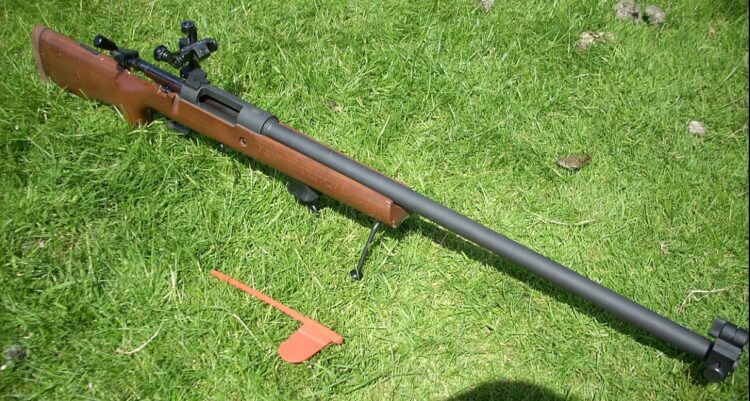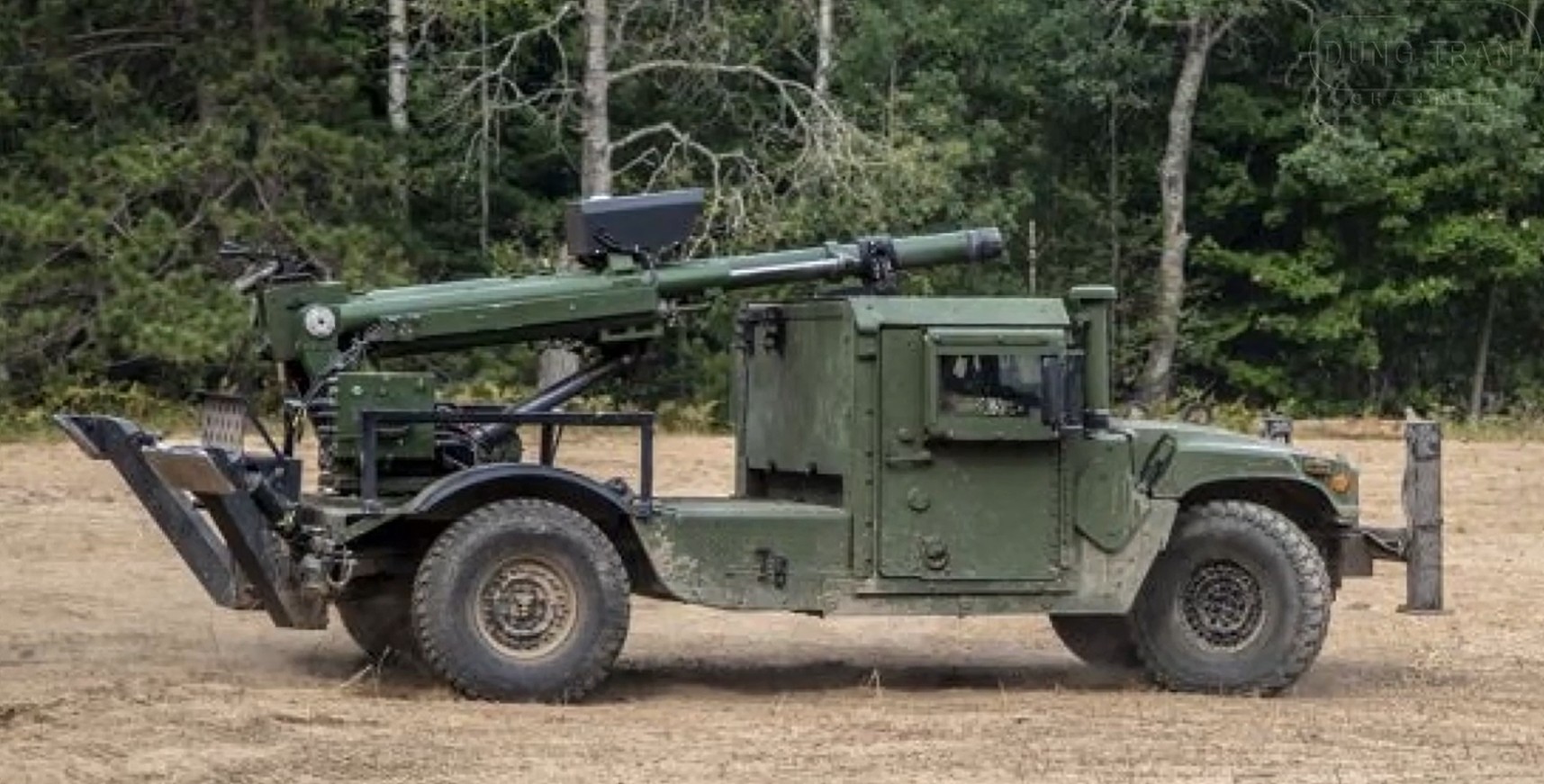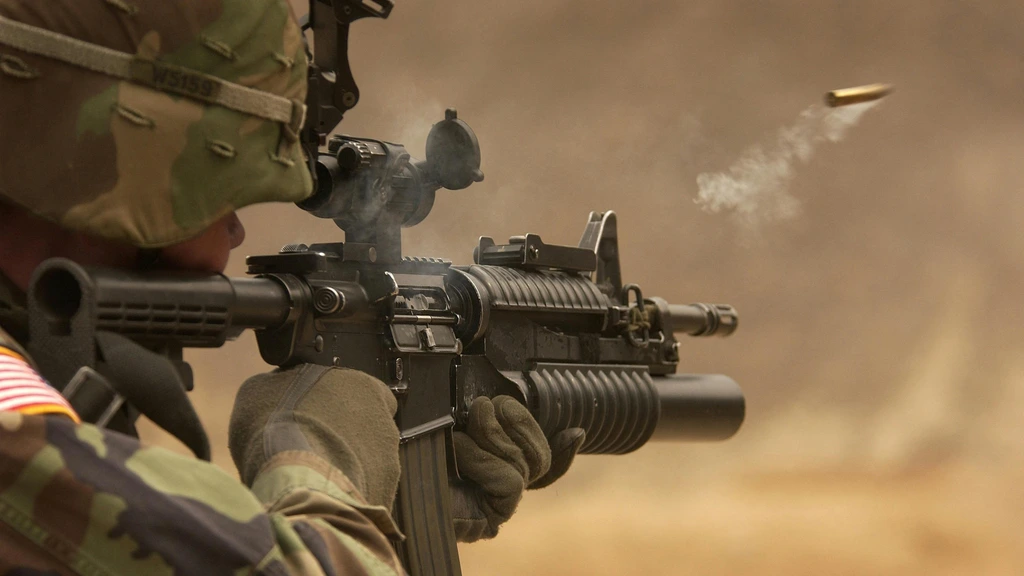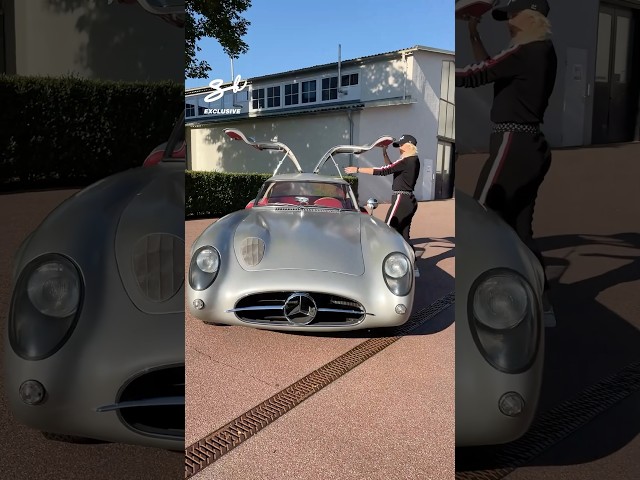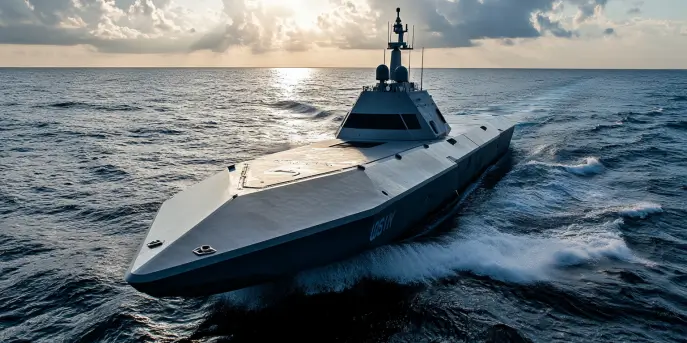Understanding F-Class TR
F-Class target shooting is a rapidly growing discipline within the world of long-range shooting. It consists of two primary categories: F-Class Open and F-Class Target Rifle (TR). The F-Class TR category features precision rifles designed for extreme long-range shooting competitions, often reaching distances of 1000 yards or more.
The F-Class TR rifles are specifically designed to shoot from a prone position, utilizing a front rest and a rear sandbag. These rifles are built to meet strict specifications that ensure fairness and competitiveness. Typically chambered in 6.5mm or .308 Winchester, F-Class TR rifles are known for their precision, consistency, and accuracy.
Key Features of F-Class TR Rifles
When examining the construction of an F-Class TR rifle, several features stand out:
- Ammunition: F-Class TR rifles typically use .308 Winchester cartridges. This choice allows for a flat trajectory and long-range accuracy. The .308 Winchester is also favored for its availability and diverse range of high-quality ammunition for match shooters.
- Weight Limit: According to F-Class TR rules, the rifle, including all components and attachments, must weigh less than 8.25 kg (approximately 18.15 lbs). This weight restriction ensures a level playing field among competitors.
- Barrel: These rifles often feature heavy-contour, match-grade barrels optimized for reduced vibration and increased stability. The barrel’s length typically ranges from 26 to 30 inches, allowing for optimal bullet speed and accuracy.
- Stock Design: The stock’s design is critical for maintaining perfect alignment with the target. It usually has an adjustable cheekpiece and butt pad for a customized fit, providing superior comfort and precise recoil management.
- Optics: Precision optics are essential in long-range shooting. Most F-Class TR rifles are equipped with high-powered scopes, often offering magnification levels of 20x to 50x, complete with fine crosshairs and parallax adjustments.
Common Characteristics
While F-Class TR rifles must adhere to specific regulations, they incorporate several sophisticated technologies and design features aimed at achieving maximum performance:
- Enhanced Bedding: Rifles are bedded meticulously to enhance stability. The term “bedding” refers to the process of placing the action within the stock securely. This precise fit minimizes movement during firing.
- Trigger Mechanism: The trigger is perhaps one of the most critical aspects of a precision rifle. F-Class TR rifles feature competitively light trigger pulls, often adjustable, to allow shooters the best chance of consistent, clean shots.
- Customizable Accessories: Competitors often customize their rifles with additional accessories like bipods, hand stops, and adjustable grips to improve shooting posture and steadiness.
Specifications Table
| Feature | Description |
|---|---|
| Caliber | .308 Winchester |
| Weight | Under 8.25 kg (approximately 18.15 lbs) |
| Barrel Length | 26 to 30 inches |
| Scope Magnification | 20x to 50x |
Competitive Strategy in F-Class TR
Successful F-Class TR shooting requires more than just a well-built rifle. Competitors must also hone their skills in reading wind conditions, environmental factors, and bullet trajectory. Understanding how changes in wind speed and direction can affect a shot’s placement is crucial, which is why experienced shooters dedicate considerable time to practice and studying range conditions.
The Role of Wind and Weather
The role of wind cannot be overstated in F-Class shooting. A slight gust can significantly alter a bullet’s path over long distances. Therefore, shooters often use a combination of flag readings, environmental cues, and bullet drift calculations to make informed adjustments before each shot.
Scoring and Competition Format
The scoring system in F-Class TR is straightforward yet challenging. Competitors are required to hit the target as close to the center as possible over a series of consecutive rounds. Points are awarded based on proximity to the center, with the top score indicating superior precision and consistency.
Typical competitions involve stages at varied distances, providing different challenges related to bullet drop and drift. This format requires shooters to adjust their rifles continuously and make calculated guesses about conditions that affect their bullet’s flight.
The Appeal of F-Class TR Shooting
For firearm enthusiasts, F-Class TR shooting represents the perfect fusion of technical precision and marksmanship. The discipline’s emphasis on precision fosters a close-knit community of competitors who share tips, techniques, and camaraderie in their quest for perfection.
Moreover, the equipment used in F-Class TR encourages innovation and adaptation, as manufacturers and shooters alike explore new ways to gain competitive edges through advancements in materials, rifle designs, and ballistic calculations.
Despite its challenges, many find the discipline deeply rewarding. Each competitive event offers an opportunity to measure skill against both the elements and fellow shooters, which promotes constant learning and improvement.
Whether you’re an existing competitive shooter or a newcomer interested in pushing the boundaries of your skills, F-Class TR offers a unique and thrilling challenge, compelling participants to blend technical knowledge with practical marksmanship and strategic decision-making.
